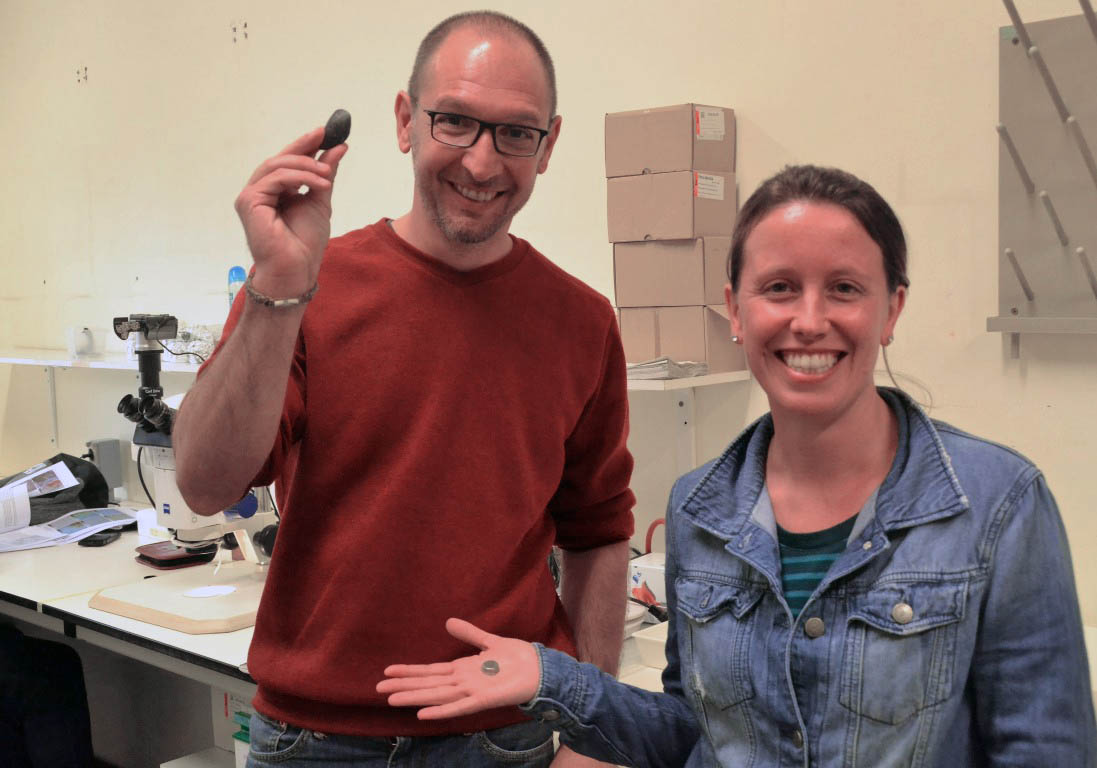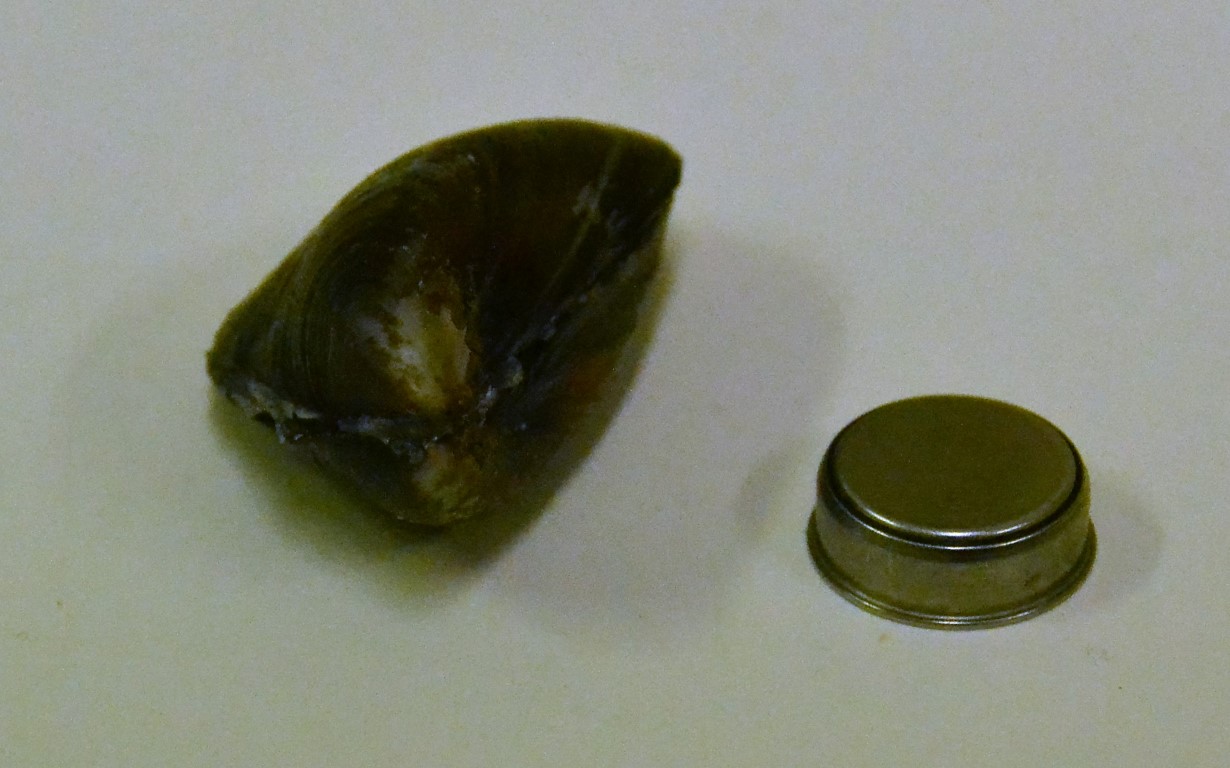 They look like mussels, they're in the middle of mussel colonies, but they're not mussels. They are, in fact, small robots with temperature sensors, which were placed at seven points on the Algarve coast to analyze the effects of climate change in the region.
They look like mussels, they're in the middle of mussel colonies, but they're not mussels. They are, in fact, small robots with temperature sensors, which were placed at seven points on the Algarve coast to analyze the effects of climate change in the region.
These “robomessels”, as they are called, were installed by Katy Nicastro and Gerardo Zardi, two Italian researchers from CCMAR, from the University of Algarve, who were part of a global project that analyzed, through the use of these devices, the effects of climate change , in mussel colonies, in 71 different points of the planet.
In the United States, these sensors have been active for 18 years, collecting temperature variations every 10 minutes. This investigation was led by Professor Brian Helmuth of Northeastern University, Marine Science Center, Massachusetts.
 “These 'Robomessels' were used in the past on a large scale in North America, South America, Europe, Africa and Australia, in 71 different locations. It was an effort of 50 scientists, including the two of us, who stayed in South Africa», he explained to Sul Informação Gerardo Zardi.
“These 'Robomessels' were used in the past on a large scale in North America, South America, Europe, Africa and Australia, in 71 different locations. It was an effort of 50 scientists, including the two of us, who stayed in South Africa», he explained to Sul Informação Gerardo Zardi.
Portugal was excluded from this study, so, in June, «we started placing them in the Ria Formosa, because the “robomessels” can be used both on a large scale and on a small scale, as is the case in the Algarve. We have “robomessels” on the southwest coast, on the south coast of the Algarve and in the Ria Formosa», revealed Katy Nicastro to our newspaper.
This «is the beginning of a long-term project, which will allow us to collect good information», and, «we already have information from the summer, but it is not enough. The first results from the Algarve will be available at least a year from now, because we need time to compare».
Regarding the data collected in the project at a global level, and which led to the publication of an article in the journal “Scientific Data”, these “have surprised researchers”, according to CCMAR.
Katy Nicastro explained that, normally, “there is a notion that the regions that are most affected by climate change are the extremes, such as the poles, or the equator. However, what we see here are areas at the center of species distribution, which are greatly affected by climate change».
Gerardo Zardi adds that “it was thought that these areas would not be affected by climate change, but they are. It is important to know exactly where so that we can act, repopulate and monitor”.
The importance of monitoring climate change from the “point of view” of mussels is explained by Zardi: “Normally, we look for the effect of climate change on organisms from a human perspective, but we never see it from the perspective of organisms. That's what happens in this case. The perspective is that of mussels and this helps us to understand what these beings experience».
According to the researcher, the analysis of the impacts of climate change on mussel colonies has several advantages: «Mussel colonies work a bit like a forest, because they create space for other species, such as crabs and lobsters. When they die, the others die too. They are bio-engineers».
Then, “there is also the economic side. Everyone eats mussels, we want to defend the species, because it is a great source of food throughout the world».
The “robomessels”, which are being used in the analyzes in the Algarve, are made using the shell of a real mussel, unlike the ones used in the global experiment, which were made with plastic shells and had a flashing green light. indicate activity.
The similarity to real mussels can be inconvenient and researchers explain how to identify them. “Sometimes there are fishermen who take them out, even though, obviously, they are not edible. Where there are more fishermen is where we lose the most sensors. Therefore, we appeal for them not to withdraw them. The "robomessels" are glued together with a fair amount of glue, it's visible, and that's how they can be recognized," explains Katy Nicastro, who adds that it's not so much the value of one of these sensors, but the value of scientific knowledge. loses.
“The most important thing is information. If we lose three or four “Robomessels”, it's a big loss», he concludes.


















Comments